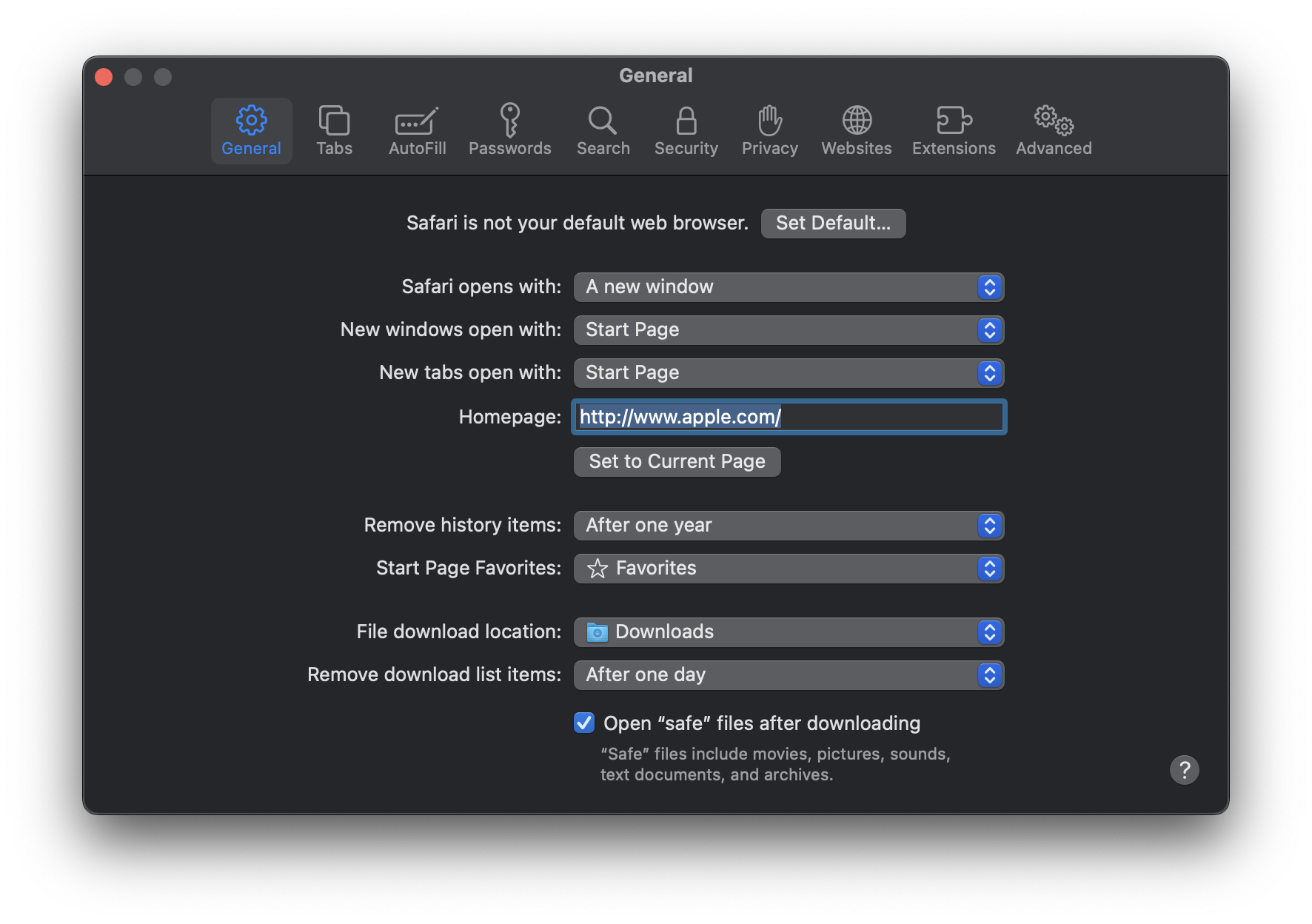FIX: Why Does My Search Engine Keep Changing to Yahoo?
In today’s digital landscape, encountering unexpected changes in our default homepage and search engine can be frustrating, to say the least. If you’ve found yourself constantly redirected to Yahoo! without your consent, you may be a victim of a browser hijacker—a nefarious software designed to take control of your browser settings.
Let’s get to the reasons behind your search engine being hijacked and explore ways to rectify the situation. There are two major reasons why this problem occurs, and we’ll also go over a bonus method at the end.
Table of Contents:
1. Browser Hijackers in Play
Browser Hijackers are malicious programs that are designed to modify a web browser’s settings without the user’s consent and redirect their online activities to unintended websites. One way to do so is by modifying the search engine or altering the homepage settings. So, for example, a certain browser hijacker can simply change your search engine from Google to Yahoo without explicit consent.
The real question is: How does a browser get hijacked? To put it simply, Potentially Unwanted Applications (PUAs) are used as a key measure of browser hijacking. They can be in the form of a regular software or a browser extension. These refer to software programs that, when installed on a user’s computer, cause undesirable effects or changes without the user’s explicit consent.

PUAs often come bundled with legitimate software downloads or are disguised as helpful tools. This tricks many users into unintentionally installing them. Once installed, these PUAs can take control of the browser and alter its configurations which leads to the frequent redirection to Yahoo.
Certain web browsers such as earlier versions of Microsoft Edge are more susceptible to such hijackers. However, other browsers such as Brave and Google Chrome boast better security measures allowing protection against these malicious programs.
How to Fix This?
If the problem has started to occur more recently, a malicious software is to be blamed for this. However, this could be a software you recently installed in your system or an extension that you downloaded on your browser. Therefore, you need to uninstall it first and then attempt to change your search engine back to Google, or it will keep reverting back to Yahoo.
To remove the malicious software:
- Search for “Add and Remove Programs” on the search bar and access the first option.

Add or Remove Programs - Next, look through the list of installed programs for any unfamiliar or suspicious entries. These could be PUAs or potentially malicious software responsible for the browser hijacking. You can sort the list by “Install Date” which can be helpful in determining the latest downloaded applications.

Accessing Installed Programs List - If you identify any unwanted or suspicious applications, select them and click on the “Uninstall” button. Follow the on-screen prompts to complete the uninstallation process.
To remove the extensions:
Select your browser from the tabs below to see specific steps for it.
chrome://extensions

about:addons

brave://extensions

opera://extensions

edge://extensions

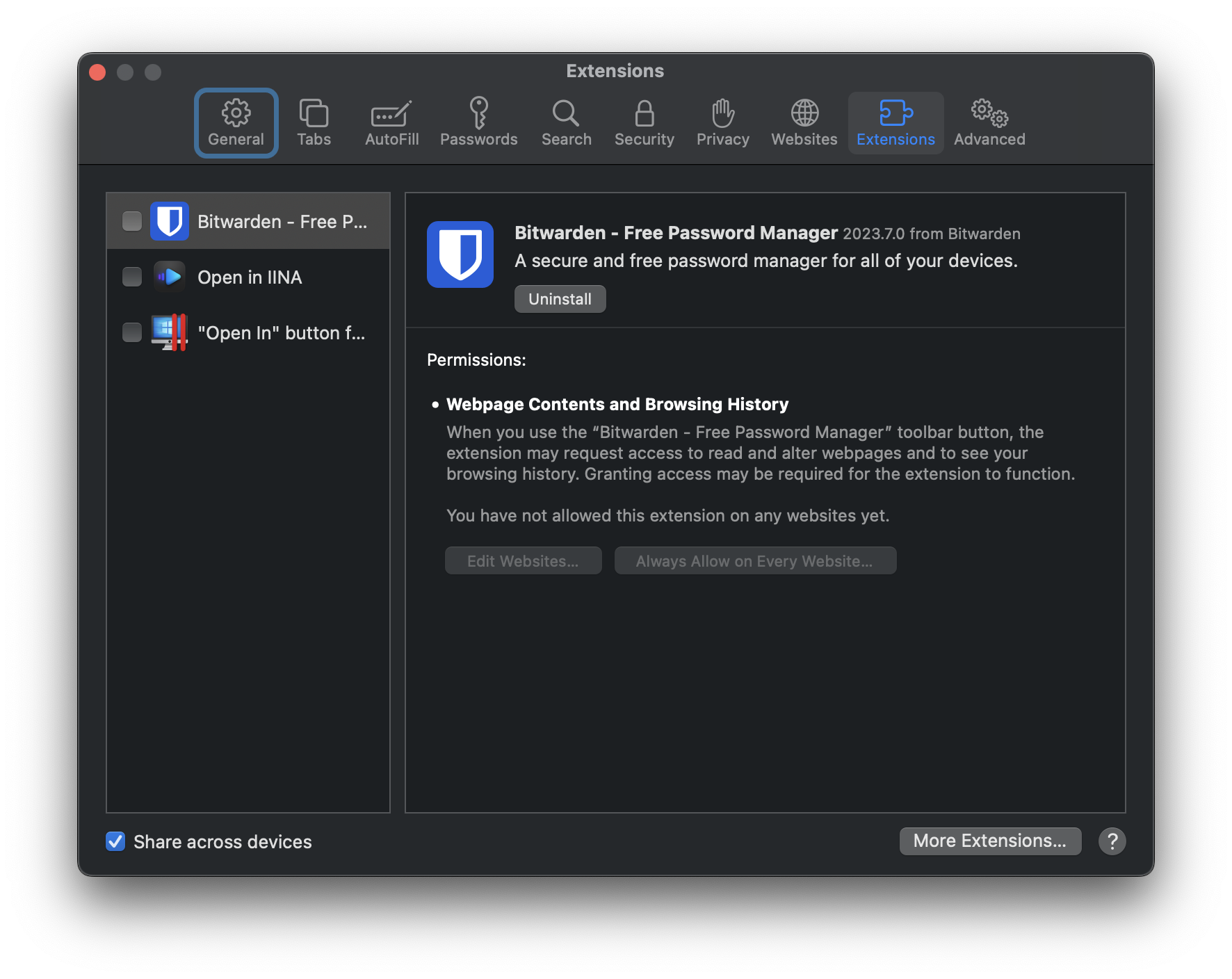
If a bad software or extension was causing the problem, it should be fixed by now.
2. Limited Browser Security

One reason why this problem may arise is that many users have restricted the security settings of their browser. Web browsers come with built-in security features that help protect users from various online threats including browser hijackers. These security settings are designed to prevent unauthorized changes to the browser’s configuration, block access to malicious websites, and detect potentially harmful downloads.
However, some users disable the effectiveness of these security features to accommodate certain websites or applications that require more permissive settings. For instance, they might enable browser extensions from untrusted sources or ignore security warnings when visiting suspicious websites.
As a result, there can be unwanted changes in the default search engine, frequent redirects to unfamiliar websites, and exposure to potential security risks.
How to Fix This?

It’s simple. Don’t compromise on browser security at all. Enhance it to the maximum possible level to make sure that the browser is not compromised. Different browsers have different security protocols and levels to offer to the users. Select your browser from the tabs below to see specific steps for it.
chrome://settings/security
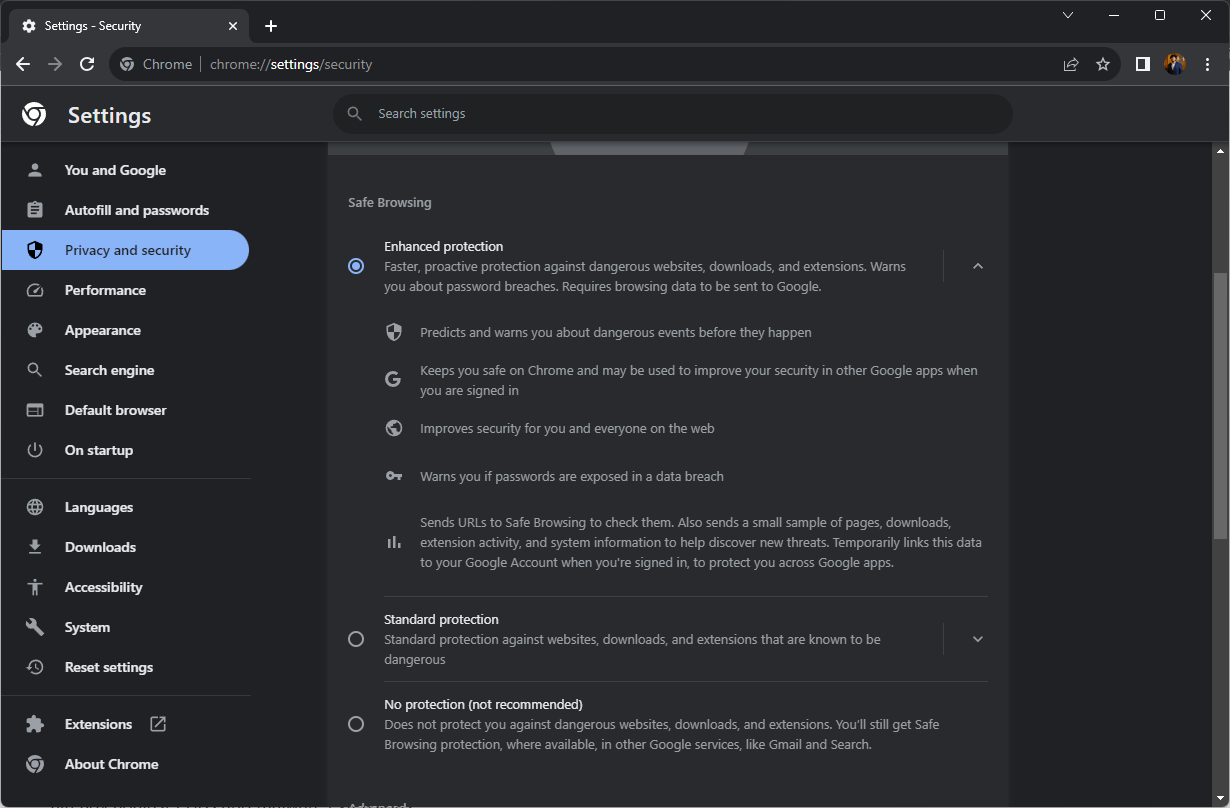
This enhanced protection includes blocking social media trackers, cross-site cookies in all windows, tracking content in all windows, crypto-miners, and fingerprints. Generally, Mozilla Firefox is considered to be one of the safest browsers which has enhanced protection already against PUAs and malware extensions.
about:preferences#privacy
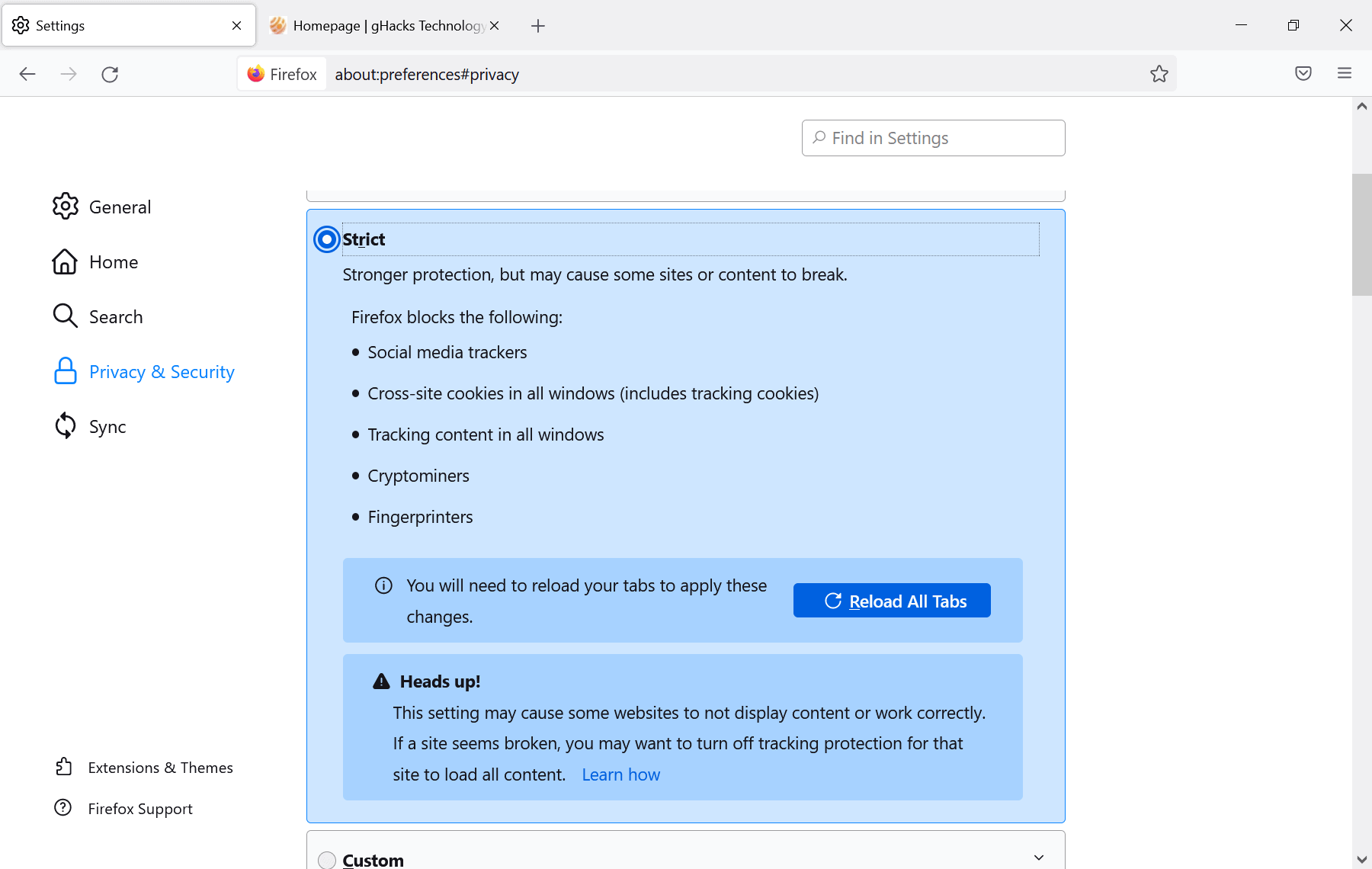
brave://settings/shields
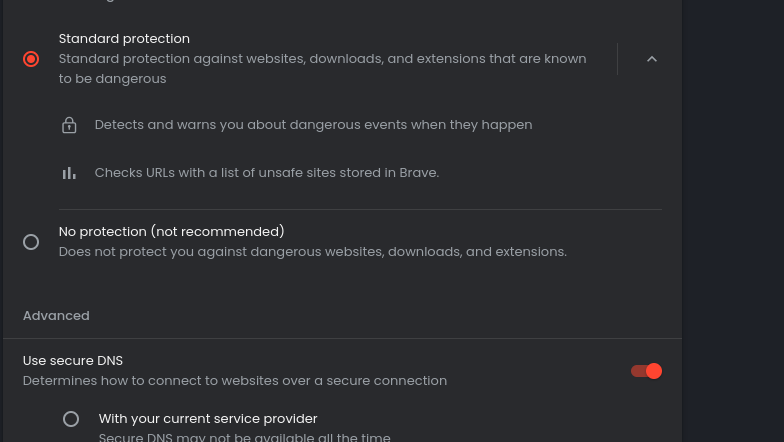
opera://settings/security

edge://settings/privacy
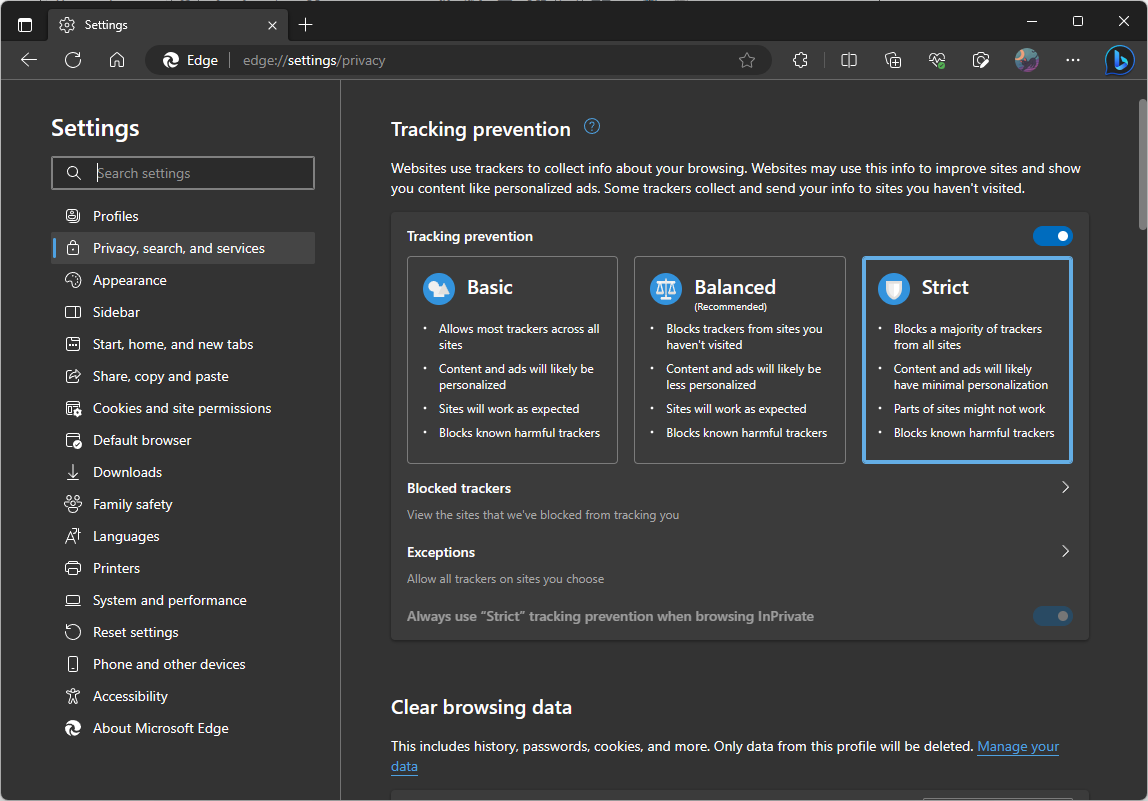
- Prevent cross-site tracking
- Hide IP Address
- Block All Cookies.
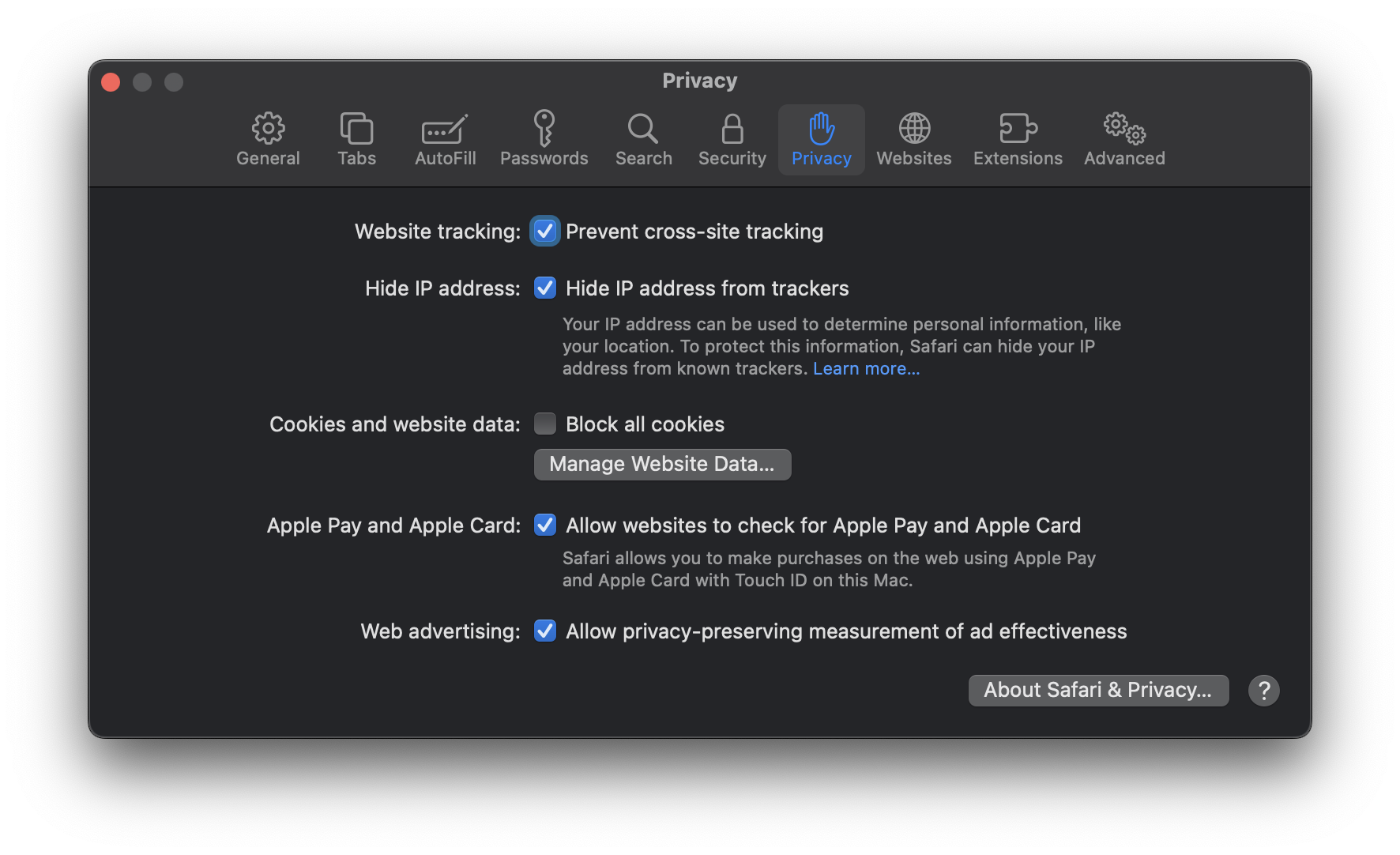
3. Reset the Browser

In certain cases, the malware is too strong, or has already superseded the browser settings causing the search engine problem and many others too. In such a case, a browser reset remains the only viable option. Keep in mind that resetting your browser means that all previously stored data will be deleted. This might include passwords and other login info in some cases as well.
How to Fix This?
Select your browser from the tabs below to see specific steps for it.
chrome://settings/resetProfileSettings
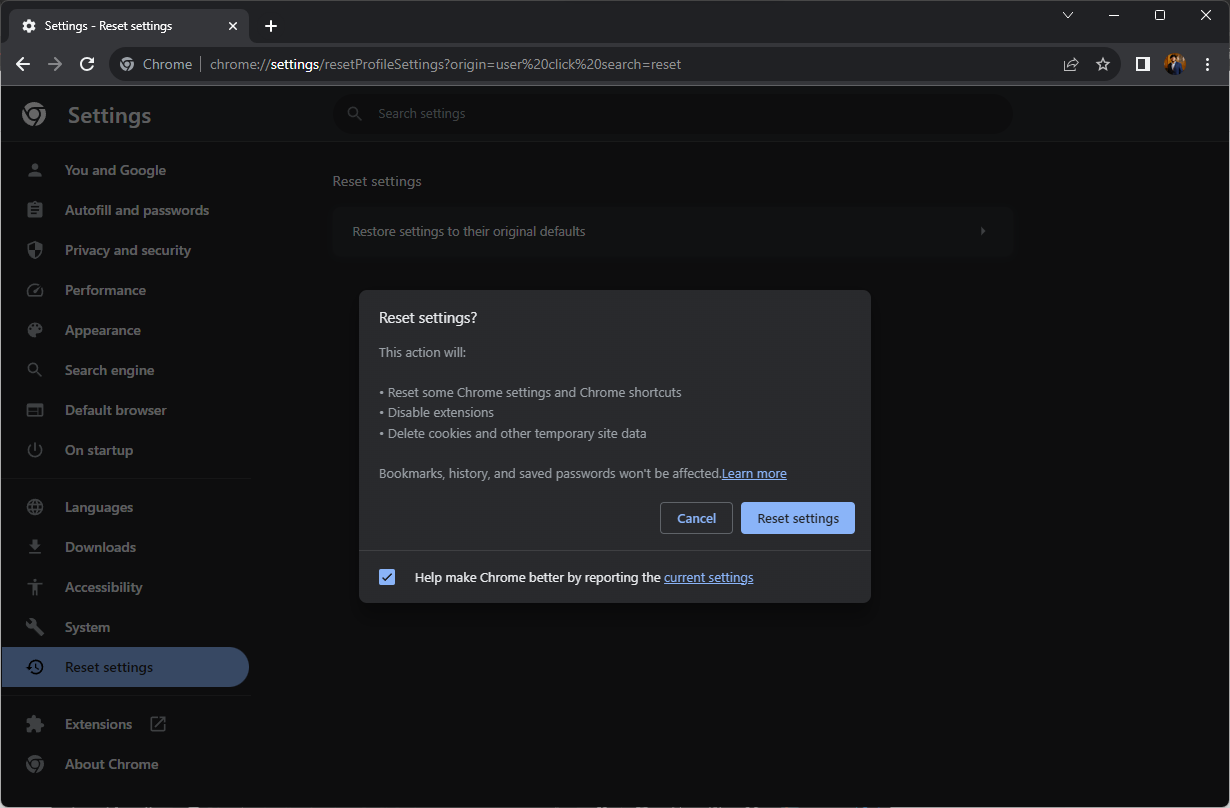

brave://settings/resetProfileSettings

opera://settings/resetProfileSettings


- Clear History: Open Safari and click on “History” in the menu bar, then select “Clear History.” Choose how far back you want your browsing history cleared, and click “Clear History.”

- Reset General Settings: Click on “Safari” in the menu bar and select “Settings.” In the “General” tab, reset your default homepage to whatever you want. Then, switch to the “Search” tab and change the search engine to Google, or any other option you prefer.
- Disable Extensions: Go to the “Extensions” tab in Settings, select each extension and click “Uninstall.” Most Safari extensions are apps or connect with a native app, so you’ll need to remove that in order to get rid of the extension.
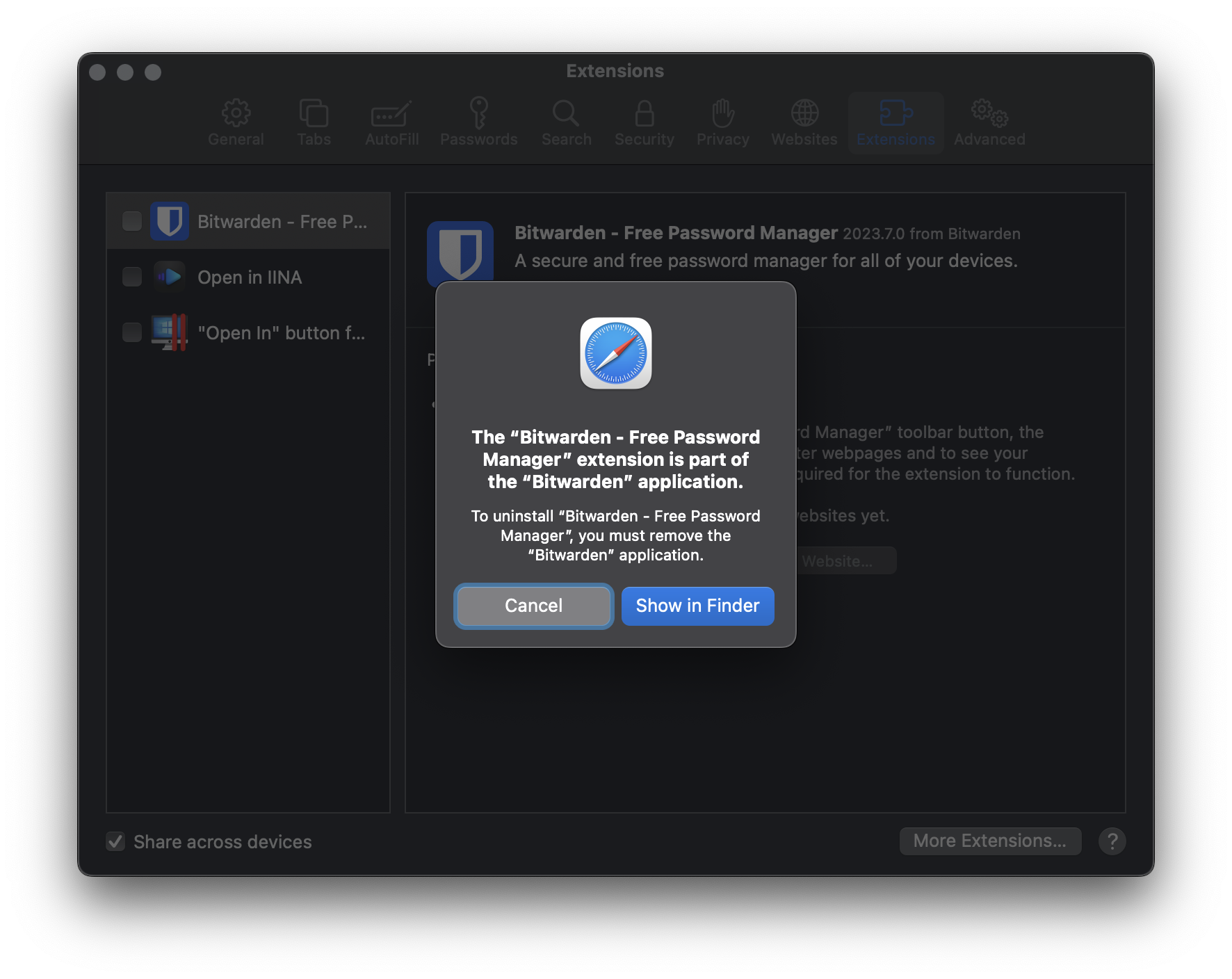
- Clear Cookies: For clearing cookies and website data, go to the “Privacy” tab, click on “Manage Website Data“, then “Remove All.”

EXTRA: Use Antivirus

Antivirus software is another option to try if none of the other methods work. Use whichever professional virus protection program you already own. Windows comes with a pretty potent antivirus tool already built in called Windows Defender.
To access Windows Defender:
- Press the Windows key and search for “Windows Security,” click on the first option that pops up.

- In the Windows Security window, you’ll find various options for virus & threat protection, firewall & network protection, and more.
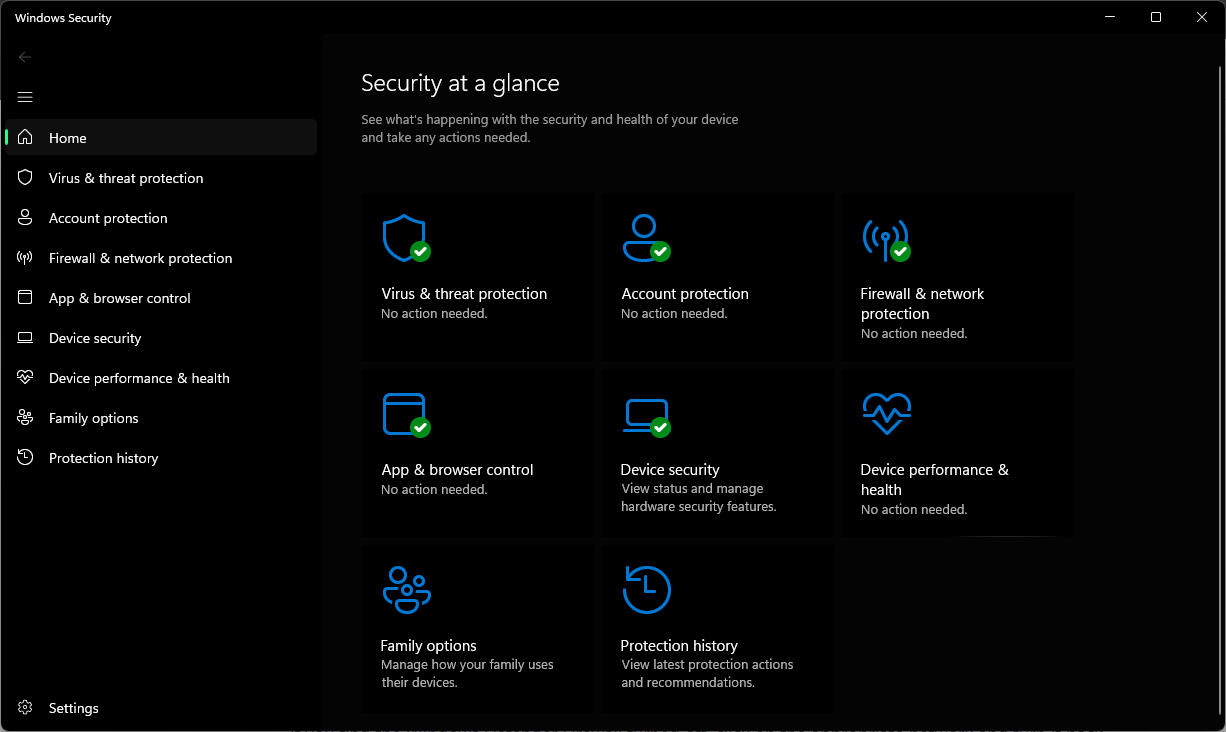
To check your firewall status:
- In the same Windows Security window, click on “Firewall & network protection.”
- Here, you can check whether the firewall is active for both private and public network configurations.
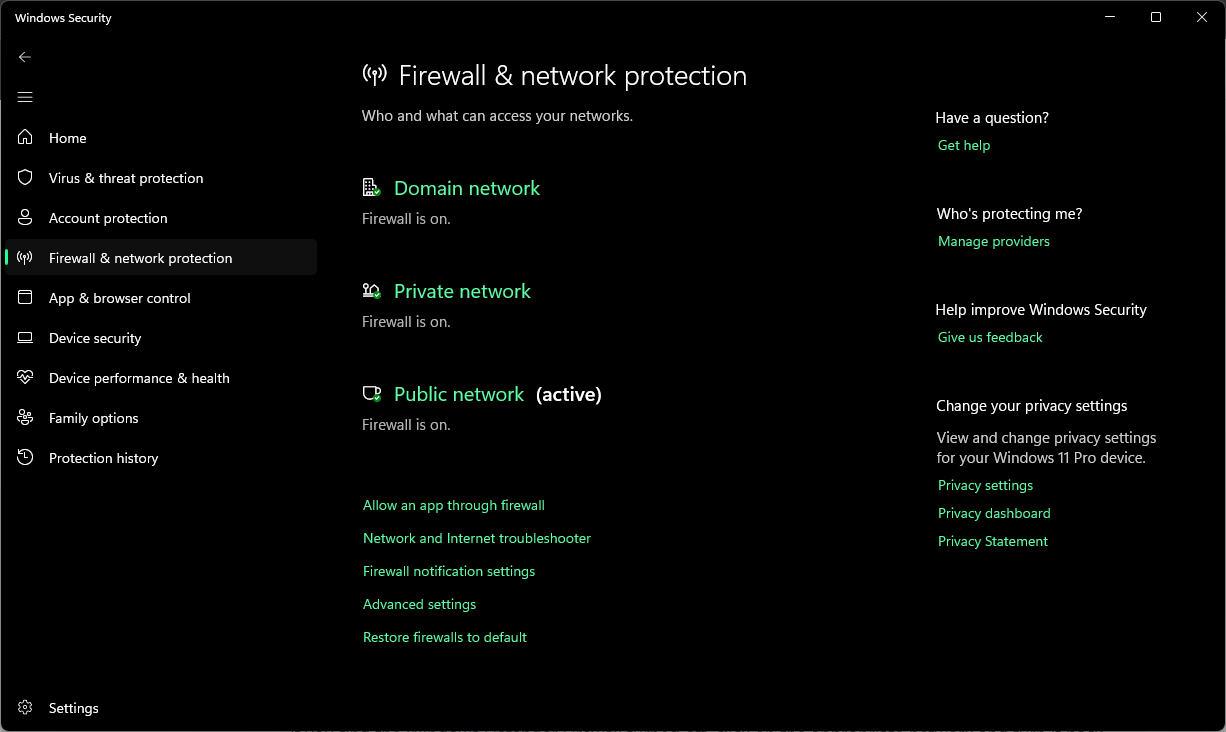
If you find the Windows Defender Firewall turned off, click on the appropriate network and turn it back on.
Although Windows Defender offers robust protection, you may choose to use third-party antivirus software. Options like Norton, Avast, and McAfee are widely recognized and offer comprehensive protection. Make sure you install only trusted software on your computer and stay away from any tech support scams.
Run the antivirus software and let it scan your computer entirely, don’t select one of the quick scan options. The scan results should bring back some revealing information and you can then delete or quarantine the infected parts of your system accordingly.
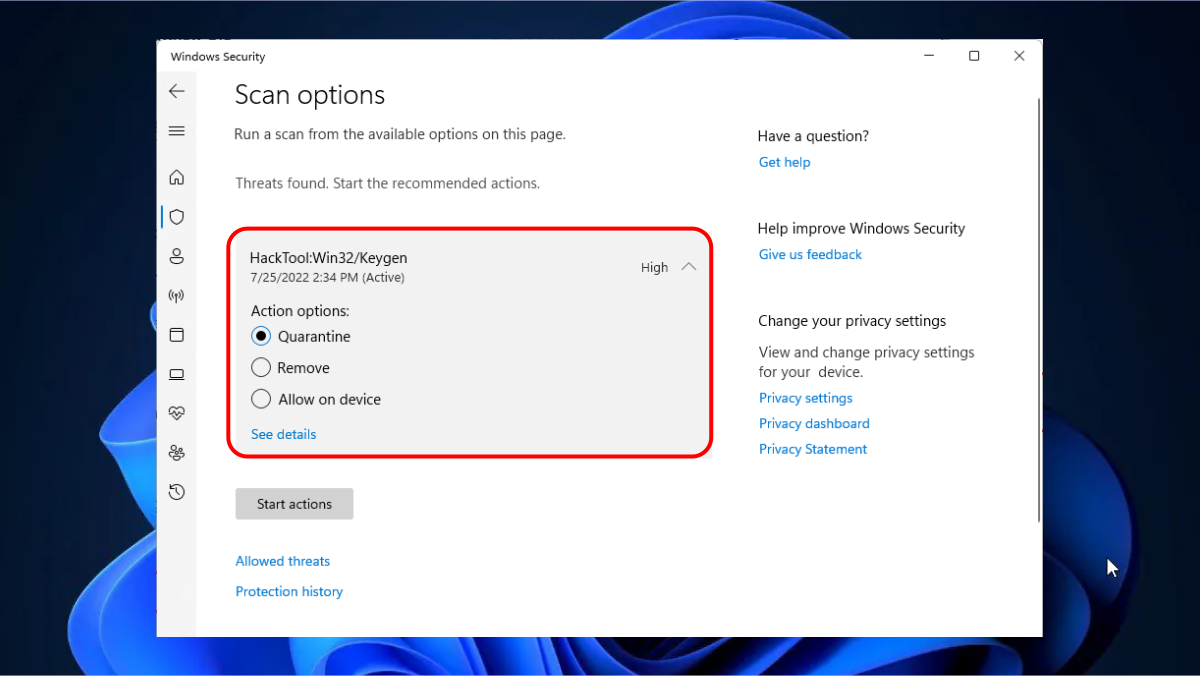
Conclusion
It can be incredibly frustrating to find your browser’s search engine constantly reverting back to Yahoo or another service, especially when you prefer using Google. Thankfully, with the steps outlined in this guide, you can tackle this issue effectively.
Going forward, remember to be extra cautious when downloading new software or browser extensions, as these are often the main culprits behind such changes. Stay safe online by maintaining good digital hygiene and utilizing robust security measures.
FAQs
A browser hijacker is a type of malware that alters browser settings, redirects internet users to certain websites, and changes the default search engine, often without the user’s consent.
Regularly update your browser and operating system, use reliable security software, be careful with what you download and install, and pay attention to the permissions requested by applications and extensions.
Signs of a browser hijack include unexpected changes in your home page, search engine, or browser settings, frequent redirects to unwanted sites, sluggish browser performance, and an influx of pop-up ads.
Yes, resetting your browser settings to their original defaults can help remove browser hijackers and other unwanted extensions or plugins. However, this should be done carefully, as it will also remove all your personalized settings.
Yahoo is a legitimate and safe search engine. However, if your browser keeps changing to Yahoo without your permission, it could be due to a browser hijacker.
Antivirus programs can be very effective in identifying and removing browser hijackers. It’s recommended to run regular scans and keep your antivirus software updated for the best protection.
If you’re still facing issues, it might be a good idea to seek professional help. You could contact tech support, a trusted IT professional, or the support forums of your specific browser for further assistance.
If your search engine keeps changing to Yahoo or another search engine without your permission, it’s likely due to a browser hijacker. This type of malware alters your browser settings and redirects your searches to specific websites, often for the benefit of the virus creator.
Yes, you can try removing browser hijackers and fix the issue. Uninstall any suspicious software or extensions, reset your browser settings, and enable or enhance browser security features. Follow the instructions provided for your specific browser.
While removing the browser hijacker will stop unwanted redirects, it’s essential to remain cautious with search results. Some websites may still be compromised or contain malicious content. Stick to reputable and well-known search engines like Google to minimize risks.
 Reviewed by
Reviewed by 